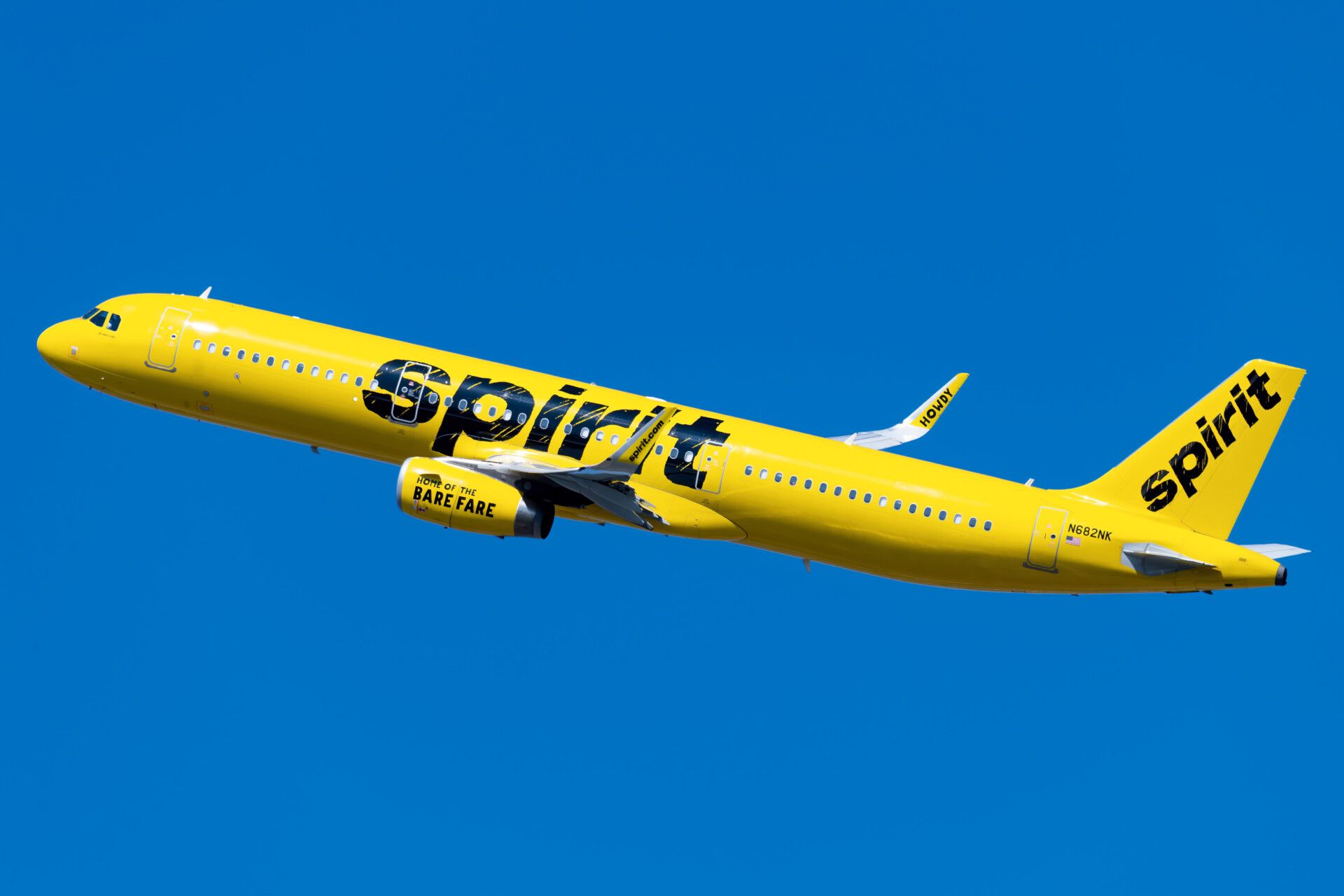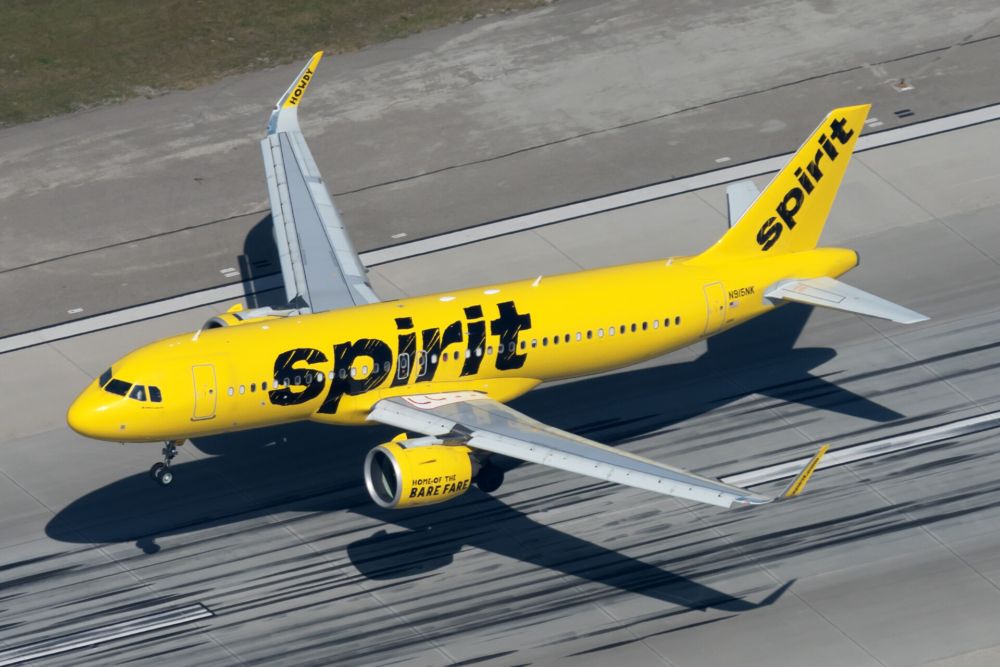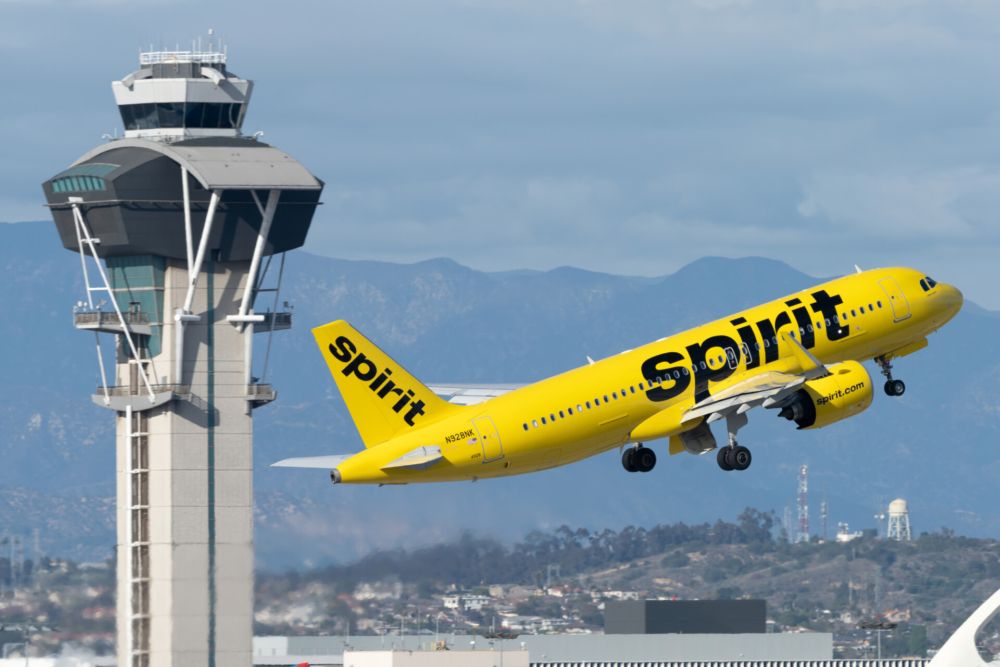Spirit Airlines ramped up its operations over the summer to cater to the rising demand for air travel – especially from leisure travelers. In late July and early August, the airline suffered an operational meltdown leading to thousands of flight cancellations and even more disrupted operations. Speaking on the airline's third-quarter earnings call this week, CEO Ted Christie explained what happened and how the airline is safeguarding from future meltdowns.
A unique preponderance of events
As an airline, Spirit is not alone in facing the challenges of weather. The industry is very safety-conscious, and events like thunderstorms or hurricanes can disrupt standard airline operations in the interest of keeping people safe. The issue then is managing this disruption as best as possible.
The weakest link for Spirit at the time was staffing. Between not having a large reserve of staff to recover from the disruptions, Spirit also faced crew dislocations. If a flight somewhere was canceled or delayed and a crew timed out, Spirit was left with an aircraft parked somewhere and, in some cases, no reserve crew available to get the plane and passengers back.
These kinds of operational disruptions can happen without leading to widespread cancelations. The bigger problem is when this situation is multiplied across tens or hundreds of aircraft across the network, whether for one reason or multiple. In that case, it becomes difficult to recover.
Fixing the recovery process
Irregular operations (IROPs) do happen, and some are unforeseen or unavoidable. However, the recovery is in the carrier's control, and it is working on ways to get out of the operational disruption hole with the following steps per Mr. Christie:
"We are never going to be able to perfectly solve for all variables to avoid every disruption, no airline can. But we believe we can get better at recovering more quickly when it does happen. The main takeaways from our review are that in addition to airport staffing, there are several other areas where adding a few additional positions could be beneficial in helping us to recover when IROPs occur. Our current recovery process is heavily reliant on manual intervention."
He further explained that the airline has been automating some processes over the last few years. In addition, given the carrier's growing scale, it is also looking at potentially adding a few more crew bases to help mitigate against irregular operations and have more staffing in place at larger bases.
When operational disruptions get too large, essentially, airlines shut down their operations and reboot by building the schedule around available crew and planes as they work to get back on track. As a result, operational disruptions and the associated recovery can impact performance for a few years.
Hear from aviation’s movers and shakers. Book your free ticket for the Future Flying Forum!
Working on getting the schedule up to its expectations
In the fourth quarter of 2021, Spirit Airlines is projecting its capacity at 11.2% higher than the fourth quarter of 2019. While impressive, this is ten percentage points lower than the carrier's initial expectations. The reductions were made in the aftermath of the operational disruption that lasted nearly a week and are designed to mitigate against another disruption around the busy holiday season.
About half of the ten-point reduction in expected capacity increase came from pulling down flying in Fort Lauderdale. The other half is spread across the rest of the network. South Florida is a critical geography for Spirit Airlines. Here, it is focusing heavily on increasing its staffing to be able to sustain more operations.
The goal is to build a bigger cushion to sustain a larger schedule. Airlines growing as fast as Spirit often face some growing pains, despite their best ability to build the operations up in a sustainable fashion. In addition, Spirit is far from the only airline to face operational disruptions while ramping up its operations. The August disruptions will not be the last time a preponderance of factors challenges Spirit's operations, but next time, the important part will be seeing what Spirit learned about the recovery.




